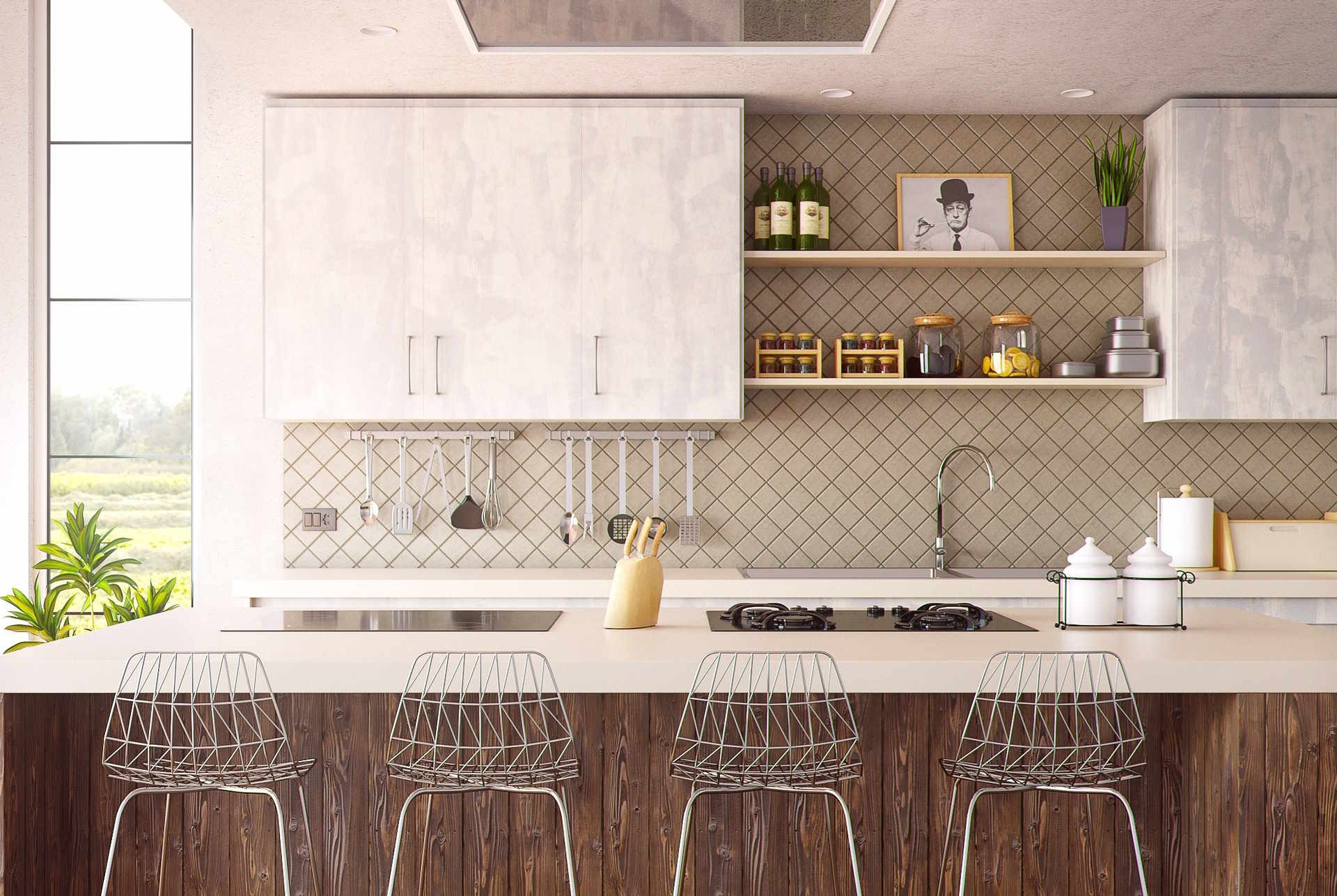Organizing utensils to speed up meal prep routines
Efficient utensil organization reduces the time between deciding what to cook and starting the actual mealprep. Thoughtful placement of cookware, tableware, and small tools plus dedicated storage zones helps keep countertops clear, streamlines recipes, and supports smoother entertaining and cleaning routines.

A well-organized kitchen turns routine mealprep into a faster, less stressful task. Start by mapping how you move while cooking: which utensils you reach for, which cookware and serveware you use most often, and where appliances sit on the countertops. Clear zones for prepping, cooking, plating, and cleaning reduce unnecessary steps, so you spend less time hunting for the right spoon, spatula, or measuring cup and more time on recipes and serving meals.
How to organize cookware and utensils
Group cookware and utensils by function and frequency of use. Store heavy pots and pans on low shelves close to the stove, and keep everyday utensils—like spatulas, tongs, and wooden spoons—in a counter jar or drawer near your primary prep area. Use drawer dividers or modular trays to separate utensils from gadgets so you can grab what you need without rummaging. Labeling shelves or drawer fronts can help other household members find and return items, keeping organization consistent.
Where to store tableware and serveware
Place plates, bowls, and serveware in cabinets near your dishwasher or clean-up zone to cut down on walking between areas. Reserve higher cabinets for occasional entertaining pieces and everyday tableware closer to eye level. Consider open shelving for frequently used serveware when space allows; it keeps items visible and accessible but requires attention to dust and cleaning. Align stack heights so you can lift items easily without nesting complications.
Countertops and appliances: keeping prep clear
Keep countertops uncluttered by assigning permanent homes to small appliances you use daily and storing others in cabinets or pantry space. Create a dedicated appliance zone for things like blenders or food processors so you can plug in and use them without shifting items. For countertops where you perform the bulk of prep, maintain a small utensil holder, a cutting board station, and a tray for mise en place to keep ingredients and tools organized throughout the cooking flow.
Storage solutions for mealprep efficiency
Use versatile storage solutions—deep drawers with organizers, pegboards, pull-out shelves, and clear containers—to make utensils and ingredients visible and reachable. Vertical dividers work well for baking sheets and lids, while stackable containers streamline dry goods storage and recipe staging. Consider a mobile cart for seasonal entertaining or when extra counter space is needed; it can carry serveware, additional utensils, or plating tools to where you need them most.
Cleaning routines that support organization
Design cleaning habits that reinforce organization: return utensils to their assigned place immediately after washing, dry and stack tableware uniformly, and wipe countertops and appliance surfaces daily to prevent buildup. Keep a small caddy under the sink with cleaning tools and microfiber cloths for quick touch-ups. Regularly audit drawers and cabinets every few months to remove duplicates or broken items so your storage remains functional and uncluttered.
Sustainability, recipes, and entertaining considerations
Choose multipurpose utensils and durable cookware to reduce waste and the number of items cluttering drawers. When planning recipes for entertaining, assemble a checklist of required utensils and serveware and stage them near the prep zone ahead of time. Sustainable habits—repairing rather than discarding, donating seldom-used items, and preferring reusable liners and cloths for cleaning—help maintain organization and lower long-term replacement needs.
A consistent organization approach that accounts for how you cook, the layout of appliances and countertops, and the patterns of entertaining makes mealprep more efficient. Combining smart storage, routine cleaning, and intentional placement of cookware, utensils, and serveware reduces interruptions and helps recipes move from idea to plate with less friction. Over time, small changes in storage and habits add up to reliable, repeatable prep routines.





